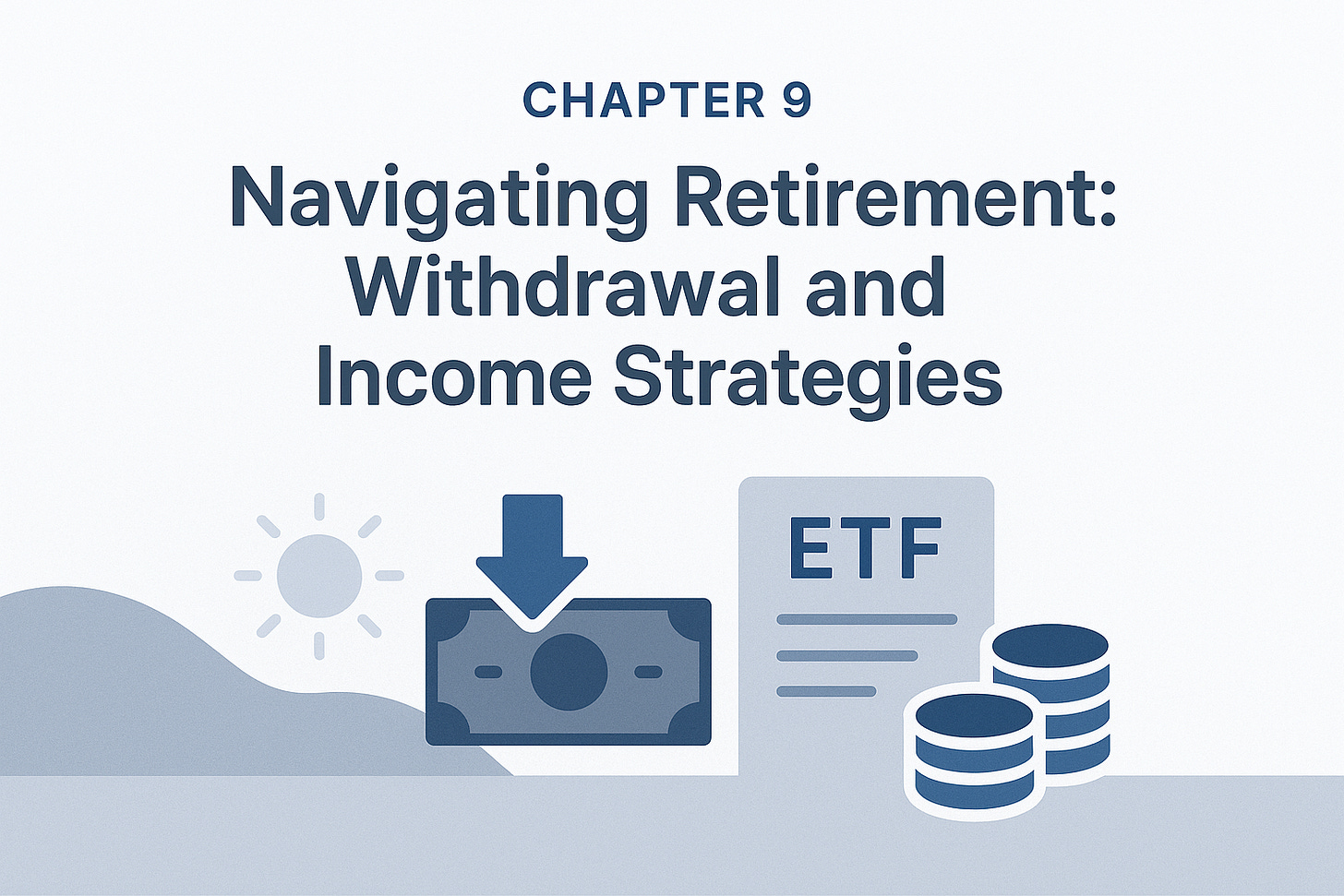Chapter 9 – Navigating Retirement: Withdrawal and Income Strategies
Congratulations on growing your portfolio to $1 million or more. The next challenge is converting accumulated wealth into a sustainable income stream that can last for decades without eroding your principal—or at least managing drawdowns so you never outlive your assets. This chapter lays out a comprehensive framework for designing withdrawal plans, structuring assets into “buckets,” optimizing for taxes, and mitigating sequence-of-returns risk—ensuring you can confidently transition from accumulation to distribution.
Keep reading with a 7-day free trial
Subscribe to Wealth Insights to keep reading this post and get 7 days of free access to the full post archives.

